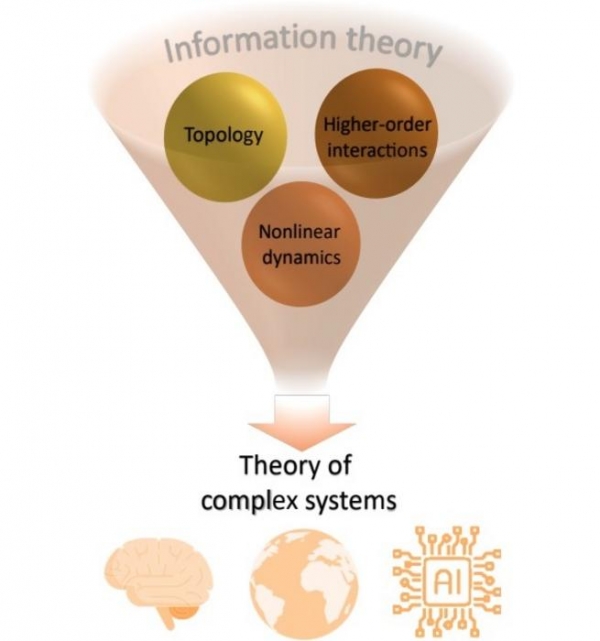Study introduces higher-order topological dynamics, unlocking new frontiers in science and technology.
A groundbreaking study led by Professor Ginestra Bianconi from Queen Mary University of London, in collaboration with international researchers, has unveiled a transformative framework for understanding complex systems. Published in Nature Physics, this pioneering study establishes the new field of higher-order topological dynamics, revealing how the hidden topology of networks shapes everything from brain activity to artificial intelligence.
“Complex systems like the brain, climate, and next-generation artificial intelligence rely on interactions that extend beyond simple pairwise relationships. Our study reveals the critical role of higher-order networks, structures that capture multi-body interactions, in shaping the dynamics of such systems,” said Professor Bianconi.
By integrating discrete topology with non-linear dynamics, the research highlights how topological signals, dynamical variables defined on nodes, edges, triangles, and other higher-order structures, drive phenomena such as topological synchronization, pattern formation, and triadic percolation. These findings not only advance the understanding of the underlying mechanisms in neuroscience and climate science but also pave the way for revolutionary machine learning algorithms inspired by theoretical physics.
Read more at Queen Mary University of London
Image: Higher-order topological dynamics combines higher-order interactions, topology and non-linear dynamics giving rise to new emergent phenomena. These phenomena encode information which can dramatically transform our understanding of complex systems such as the brain and the climate, and can allow for the formulation of new efficient AI algorithms inspired by physics. (Credit: Queen Mary University of London)
Sci/Tech Top Stories Climate
